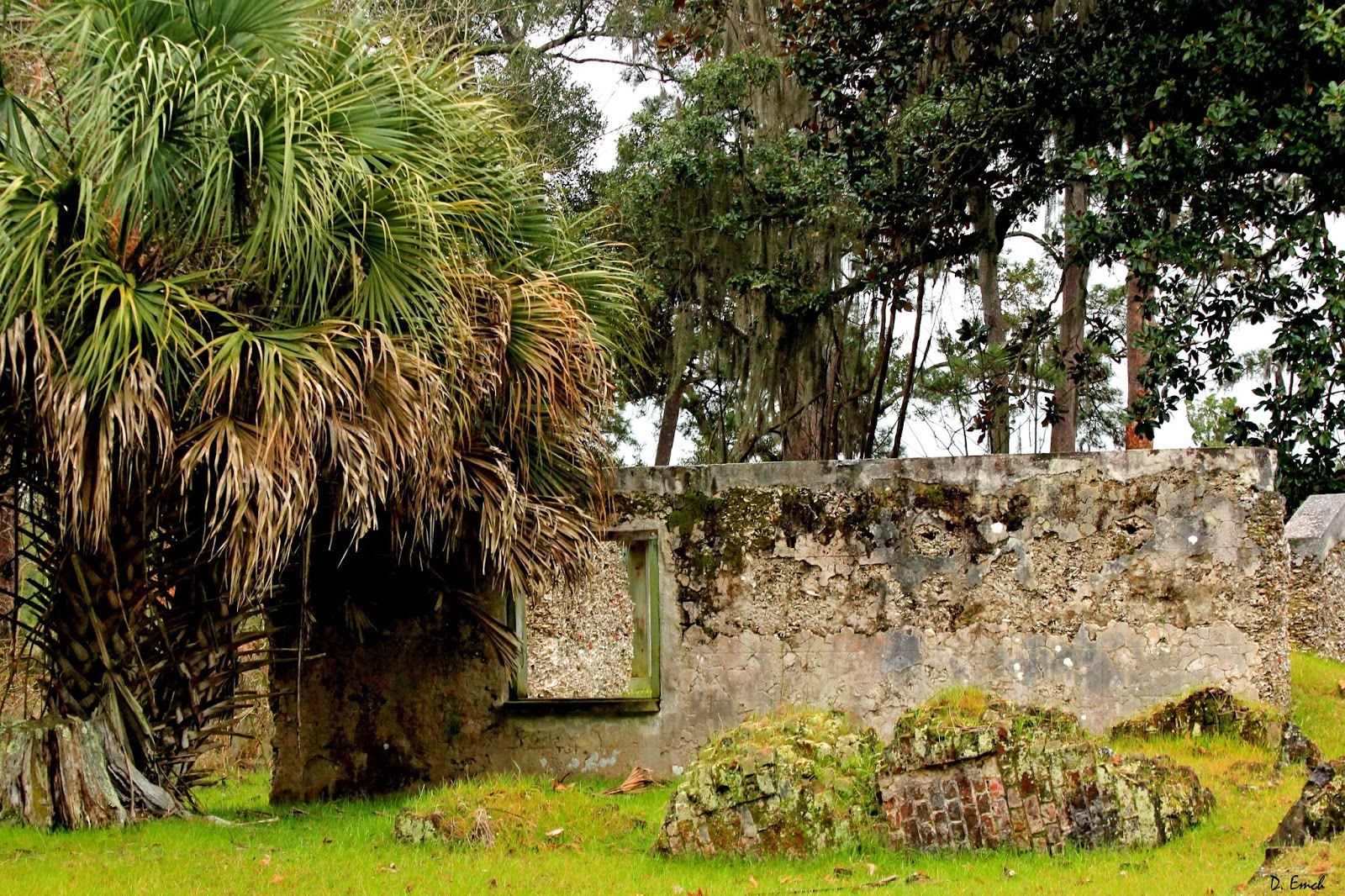White Hall Plantation; Ridgeland SC
Two days ago I accepted an invitation to visit the White Hall Plantation from Elizabeth Papps of Maine. I met her a year and a half ago when she traveled here from Maine to try to help Les shortly after his accident.
She had driven down accompanied by Mark, an addictions counselor from Canada. Mark was supposed to fly back out Tuesday, but flights out were cancelled and the bridges were all closed. If you have spent any time in the low-country, the coastal tidal plains of South Carolina, you know that if bridges close you are not going to make it too far in any direction. Hopefully the flights will resume later today and Mark will make it out. I regret having missed the two days writing - but perhaps I needed the break.
Mark was sharing about health care in Canada - if anyone wants help for an addiction all they have to do is show up and they will get the help they need. However, Canada has stopped doing detox for oxycontin and other heavy opiate users - they send them back home with instructions. The recovery rate is almost zero, about the same as here in the states. Yet the pills continue to be handed out by Dr's for all manner of ailments.
The small island we were on was part of the White Hall Plantation, established in the late 1600's by the Heyward family. There was a mansion built on the property in the mid 1700's by Thomas Heyward II, who was one of the signers of the United States Declaration of Independence. He was held prisoner by the British in 1777 and held in Florida as a prisoner of war.
The mansion was 100 feet wide by 50 feet long and 4 stories high (20,000 square feet) - that is a huge house, let alone for the 1700's. It also had cooking and servant quarters separate from the main house. Among the guests at this house were George and Martha Washington and Jean Lafayette. The 4 rows of oak trees lining the entryway were planted in the mid 1700's, making the tree lined entryway about 250 years old. This is the only entryway with 4 rows that I have seen - it makes for three separate drives that go beneath the arching branches. The plantation's primary crop was rice, and in many areas rice still grows wild.
One photo is looking toward the gate, the other back toward the ruins. Since this is on private property it does not get viewed much. I have no idea how many historical sites like this lie back dirt roads - or are surrounded by fences and gates of \one sort or another. At least this one is being decently taken care of so that future generations can appreciate it - I am sure many more lie in decay.
The graveyard for the Heywards lies down a different dirt road in another area of the plantation - it too seems to be taken care of, but there is little sign that it is visited often.
The older tombstones were very hard to read, but the date 1692 was prominent on one.
There was also a significant battle fought on this plantation during the Civil War, called the Battle of Honey Hill. One of Sherman's bands ventured into the area and ran into a Confederate group. The one day battle produced 746 Union and 47 Confederate casualties. Supposedly there are still some of the earthworks remaining, but given the rain there is no way to get back in the woods to explore them. They lie about a mile off of the closest road.
With all the rain, photos have been sparse, but I saw a mailbox I liked. Anyway, all have a great Thursday.
David











No comments:
Post a Comment